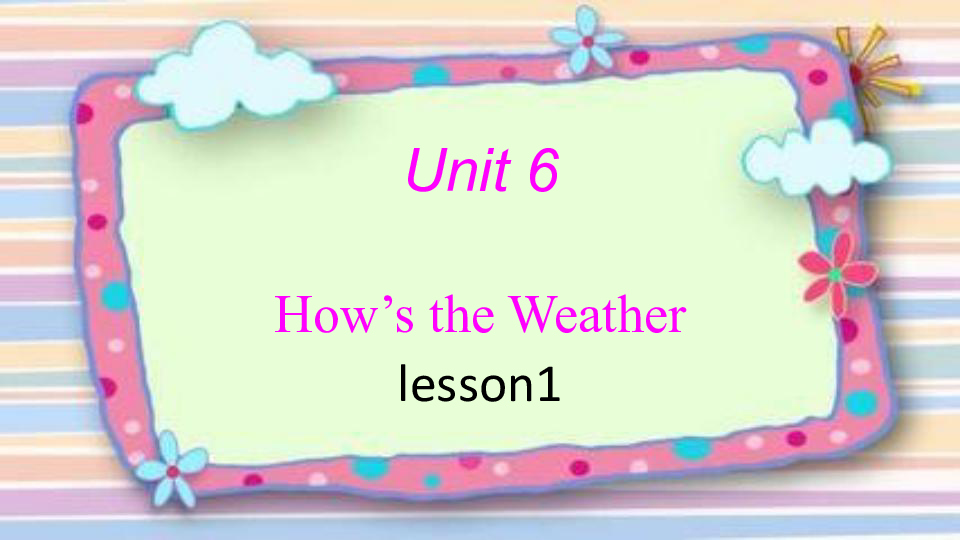Exploring the Range: How Far Will a 38 Special Bullet Travel in Various Conditions?
#### IntroductionWhen it comes to firearms, understanding the range and trajectory of a bullet is crucial for both enthusiasts and professionals. One common……
#### Introduction
When it comes to firearms, understanding the range and trajectory of a bullet is crucial for both enthusiasts and professionals. One common question that arises is **how far will a 38 special bullet travel**? This inquiry is not just about the distance; it encompasses various factors such as bullet type, barrel length, and environmental conditions. In this article, we will delve into the specifics of the 38 Special round, exploring its effective range, factors influencing its travel distance, and practical implications for shooters.
#### What is a 38 Special Bullet?
The 38 Special is a popular revolver cartridge that has been in use since its introduction in 1898. Known for its manageable recoil and accuracy, it is favored by law enforcement, self-defense practitioners, and sport shooters alike. The bullet typically weighs between 110 to 158 grains and can be loaded with various types of projectiles, including lead round nose, hollow points, and wadcutters.
#### How Far Will a 38 Special Bullet Travel?
The question of **how far will a 38 special bullet travel** can be answered by considering both the effective range and the maximum range. The effective range, which is the distance at which a shooter can accurately hit a target, is generally around 50 to 100 yards for the average shooter. However, under optimal conditions and with a skilled marksman, the bullet can travel significantly further.

The maximum range of a 38 Special bullet can exceed 1,000 yards, but this is not practical for intended use. Factors such as wind resistance, bullet drop, and energy loss over distance play crucial roles in determining how far the bullet will travel before it becomes ineffective.
#### Factors Influencing Bullet Travel
Several factors influence how far a 38 Special bullet can travel:
1. **Barrel Length**: The length of the barrel affects the bullet's velocity. A longer barrel allows for more complete combustion of the gunpowder, resulting in higher velocity and, consequently, a longer range.
2. **Bullet Type**: Different bullet designs have varying ballistic coefficients. For example, a hollow point bullet is designed for expansion upon impact, which may reduce its effective range compared to a full metal jacket bullet.

3. **Environmental Conditions**: Factors such as wind, humidity, and temperature can all affect the bullet's trajectory. Wind can push the bullet off course, while humidity and temperature can influence air density, impacting the bullet's flight.
4. **Shooting Technique**: The skill of the shooter also plays a significant role. Proper stance, grip, and trigger control can enhance accuracy and distance.
#### Practical Implications
Understanding how far a 38 Special bullet can travel is essential for various applications. For self-defense, knowing the effective range can help individuals make informed decisions about their safety. In law enforcement, officers must understand the potential range of their service weapons to ensure public safety.
In target shooting and competition, shooters must account for distance and adjust their aim accordingly. Additionally, hunters using the 38 Special for small game must consider the bullet's travel distance to ensure humane and ethical hunting practices.

#### Conclusion
In summary, the question of **how far will a 38 special bullet travel** encompasses a range of factors, from the bullet's design to environmental conditions. While the effective range is typically around 50 to 100 yards, the maximum range can exceed 1,000 yards under ideal circumstances. Understanding these variables is crucial for anyone looking to use the 38 Special effectively, whether for self-defense, law enforcement, or recreational shooting. By considering the various factors that influence bullet travel, shooters can enhance their skills and make safer, more informed decisions.